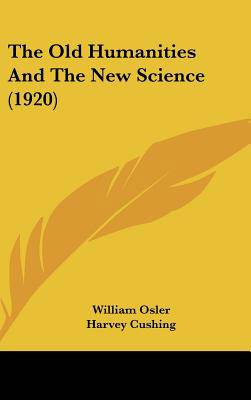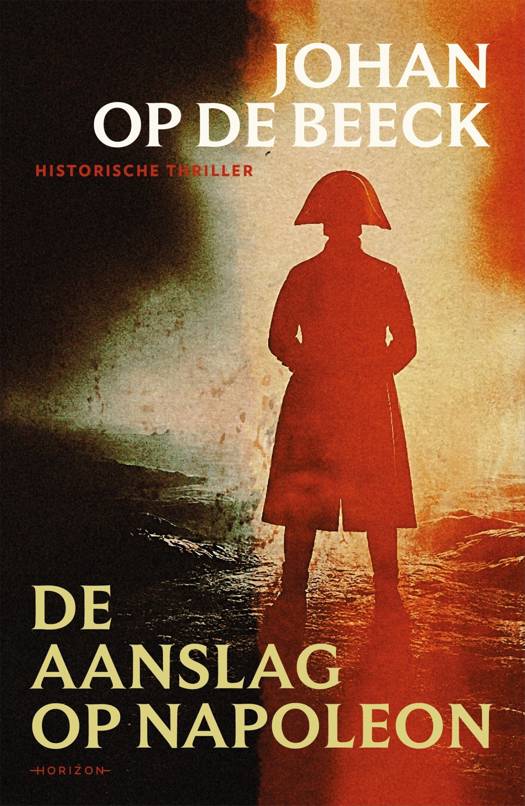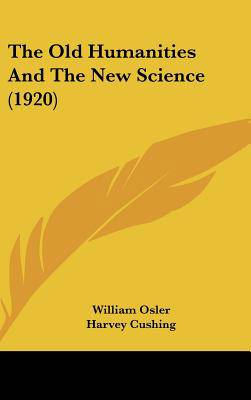
- Afhalen na 1 uur in een winkel met voorraad
- Gratis thuislevering in België vanaf € 30
- Ruim aanbod met 7 miljoen producten
- Afhalen na 1 uur in een winkel met voorraad
- Gratis thuislevering in België vanaf € 30
- Ruim aanbod met 7 miljoen producten
Zoeken
€ 47,45
+ 94 punten
Uitvoering
Omschrijving
The Old Humanities and the New Science is a book written by William Osler and first published in 1920. It is a collection of lectures delivered by Osler at Yale University in 1913. In the book, Osler discusses the relationship between the humanities and the sciences, and how they can work together to advance human knowledge and understanding.Osler argues that while the humanities and the sciences may seem like opposing fields, they are actually complementary and can benefit from each other. He suggests that a well-rounded education should include both the humanities and the sciences, as they provide different perspectives on the world and can help us better understand ourselves and our place in the universe.Throughout the book, Osler draws on examples from history and literature to illustrate his points, and he also discusses the role of education in shaping society. He emphasizes the importance of critical thinking and the pursuit of knowledge for its own sake, rather than for practical or utilitarian purposes.Overall, The Old Humanities and the New Science is a thought-provoking and insightful book that explores the intersection of two important fields of study. It is a valuable resource for anyone interested in the history of education, the humanities, or the sciences, and it remains relevant today as we continue to grapple with the relationship between these two areas of knowledge.This scarce antiquarian book is a facsimile reprint of the old original and may contain some imperfections such as library marks and notations. Because we believe this work is culturally important, we have made it available as part of our commitment for protecting, preserving, and promoting the world's literature in affordable, high quality, modern editions, that are true to their original work.
Specificaties
Betrokkenen
- Auteur(s):
- Uitgeverij:
Inhoud
- Aantal bladzijden:
- 72
- Taal:
- Engels
Eigenschappen
- Productcode (EAN):
- 9781161826630
- Verschijningsdatum:
- 22/05/2010
- Uitvoering:
- Hardcover
- Formaat:
- Genaaid
- Afmetingen:
- 152 mm x 229 mm
- Gewicht:
- 276 g

Alleen bij Standaard Boekhandel
+ 94 punten op je klantenkaart van Standaard Boekhandel
Beoordelingen
We publiceren alleen reviews die voldoen aan de voorwaarden voor reviews. Bekijk onze voorwaarden voor reviews.











